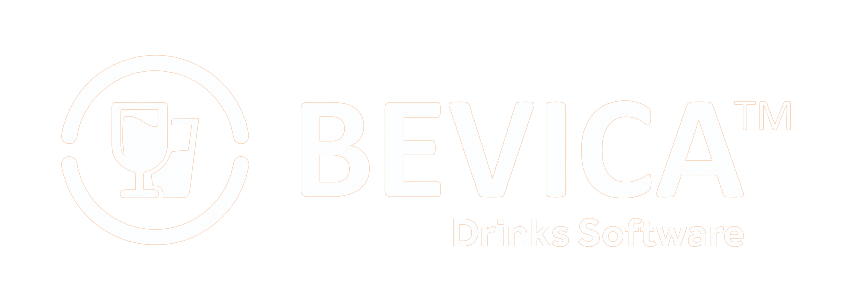
Should you stay with on-premise NAV or should you move to Business Central SaaS? For many, the future world of SaaS (Software as a Service) raises questions that could have a big impact on the way business is done.
Not everyone likes change, but sometimes you need to – the business needs to adapt and continue to evolve.
Processes may be out-dated, the company may have expanded or grown, or the people, skills and IT strategy may have improved.
However, the thought of change can be very daunting, but after it’s done, there can be a collective moment of sitting back and realising it was all okay in the end, and wondering why it was put off for so long in the first place.
Microsoft Dynamics 365 Business Central is the new name for NAV, so Business Central is essentially the latest version of NAV. It is still an all-in-one business management solution that is easy to use and adapt, helping you connect your business and make smarter decisions. As you’d expect from any Microsoft product it has strong integration with the rest of the Microsoft 365 Stack.
It can still be deployed on-premise or in your own private cloud, just like NAV could but here we are only going to look at the new SaaS deployment model as this brings the most change.
What’s the difference between NAV on-premise and Business Central SaaS?
Functionality
There is very little difference when it comes to the functionality that runs the processes within your business on NAV, with the exception of VAT and Making Tax Digital. However, with SaaS, it’s built with the future in mind, so comes with some built in Artificial Intelligence to help with forecasting and some new analytical functionality called Intelligent Insights.
Once you have some transactional history, the software can start working for you, proactively providing useful information, predicting cash flow or help with forecasting. It can pick out key data for you in real-time like which stock item you have sold the most of this month, or who your top salesperson is.
Customisations
Many of you have some customisations in you NAV on-premise solution. With Business Central SaaS the advice is to change your business processes to take advantage of the standard functionality which has been developed over years based on best practice and keep customisations to an absolute minimum.
Where NAV was customised by writing development code, Business Central is customised by writing extensions and Apps. An extension is a specific piece of development that is written by your reseller and is uploaded onto your solution. An App is a piece of development written by a third party to add generic functionality to any Business Central SaaS solution and is marketed via the Microsoft AppSource. Both of these types of development have to be maintained to avoid issues arising when automatic updates are applied to the base Business Central solution.
Software as a Service
A SaaS deployment can only be accessed by using a Web Client. This makes it a perfect tool to use remotely from anywhere on any device (PC, laptop, tablet or phone) at any time of day, anywhere in the world.
The database is setup inside your Office 365 tenant. Since it is hosted on Microsoft’s own infrastructure and data centres your business doesn’t need to manage the server configuration, SQL updates, backups or disaster recovery protocols. It is all done for you by Microsoft which will bring many companies cost benefits from not having to host and support the server infrastructure themselves.
If your business is not already using Office 365 then you should factor this into your plans as part of a Business Central SaaS deployment.
Life Cycle Management
Another big difference with a Business Central SaaS deployment is that your business will always be on the latest version of the software. We all know how quickly technology is changing and businesses are constantly being advised to adapt and transform to take advantage of the benefits. But it isn’t always that easy. Even our most technically-advanced customers only carry out NAV on premise upgrades around every three years.
Upgrades can be disruptive and costly for a business. With SaaS your business will automatically receive two major updates annually and smaller monthly updates. When a major update is planned, we will work with you to schedule the most suitable date within the 30-day update window. More on the Microsoft Lifecycle policy.
It is worth sharing at this point that even heavily-regulated industries are adopting automatic updates. This occurs as their governing bodies recognise that the underlying data isn’t being changed by the updates, it is just the software functionality.
Imagine the possibilities for your business of always having access to latest technology.
How it is purchased?
When you bought your NAV on-premise licences, it was a lump sum one-off purchase to buy the software and an annual charge 16% of software value to cover Microsoft’s Enhancement Plan. The Enhancement Plan fee entitles your business free software upgrades and bug fixes from Microsoft.
With SaaS you simply pay a monthly subscription fee based on how many, and the types of users, you need. Free software updates and bug fixes are included in the monthly fee. And there are no other costs.
One of the major differences between NAV on-premise and Business Central licenses is that NAV on-premise licenses had concurrent users, but Business Central licences are named users.
So an obvious questions from business leaders looking to make the conversion from NAV to Business Central SaaS is “I’ve already bought it, why should I buy it again?”
Microsoft recognised they needed to have an upgrade path for loyal customers coming from NAV so they are offering existing NAV on-premise clients, (who are up-to-date with Microsoft enhancement fees), a 40% discount on the subscription fees if they sign up to Business Central SaaS before June 2021.
Should you make the move to SaaS?
Change is all around, and for many businesses and employees, being secure and having the ability to keep things functioning means you cannot always be in your usual place of work (working remotely to continue as normal).
This is why sometimes in life, something has to happen to realise change is needed. If now is the time to think about the future and that change, then make it, as you will be future-proofing your company.
Written by Krisy Ehret
To find out more, start your upgrade or re-implementation, get in touch with one of our expert team.

